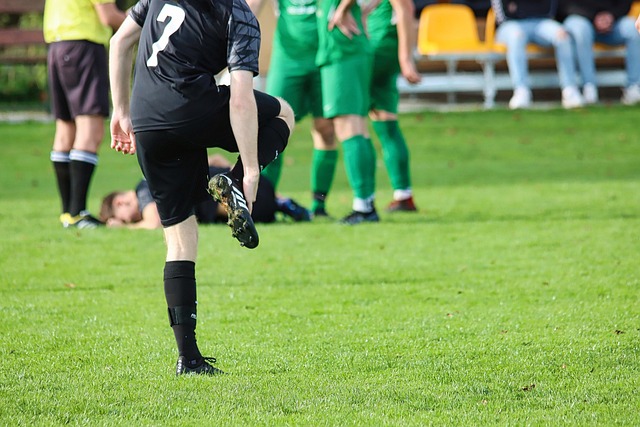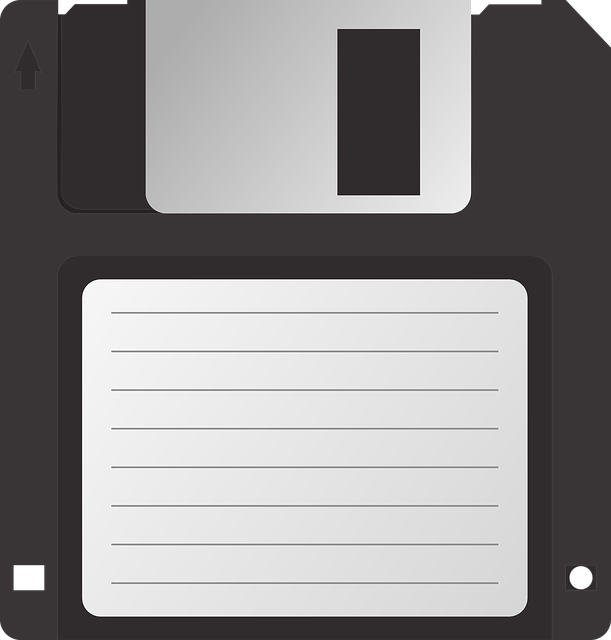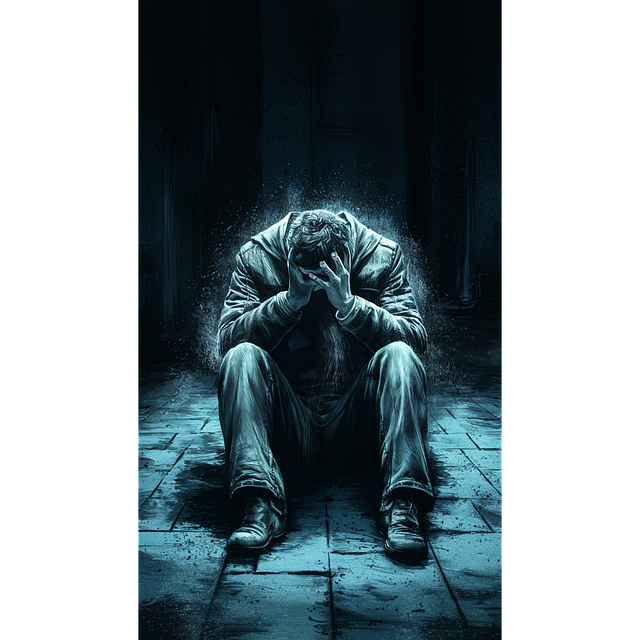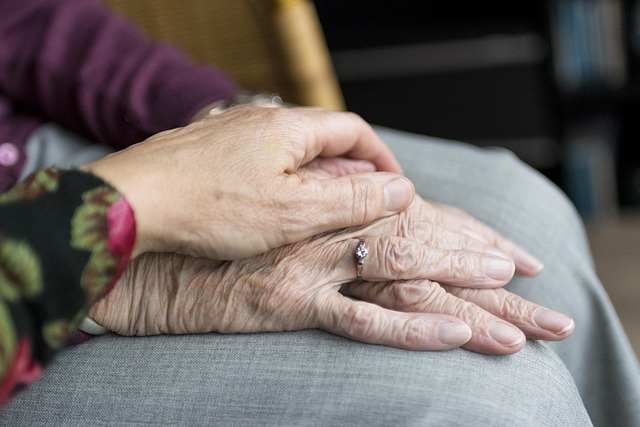Chiropractic care is a popular and effective treatment for rear-end collision victims suffering from soft tissue damage, offering a holistic approach to healing without invasive procedures. Chiropractors specialize in manual adjustments to the spine, joints, and muscles to reduce pain, improve function, and address specific injuries like whiplash and muscle strains. A strategic recovery plan including regular sessions, exercises, and post-recovery check-ups significantly reduces the risk of re-injury for these victims.
After a rear-end collision, soft tissue damage—including muscle strains, ligament sprains, and tendon injuries—is not uncommon. This comprehensive guide explores effective healing strategies for rear-end collision victims. We delve into the role of chiropractic care in promoting recovery, offer tips for successful rehabilitation, and provide methods to prevent future injuries. For those seeking optimal chiropractic recovery for rear-end collision victims, this article is your go-to resource.
- Understanding Soft Tissue Damage After a Rear-End Collision
- The Role of Chiropractic Care in Healing and Recovery
- Tips for Effective Rehabilitation and Preventing Future Injuries
Understanding Soft Tissue Damage After a Rear-End Collision

After a rear-end collision, soft tissue damage is a common occurrence. This type of injury refers to the harm caused to muscles, tendons, ligaments, and nerves—all of which are crucial for movement and sensory functions. The impact from the crash can lead to various symptoms such as pain, stiffness, and reduced mobility, affecting victims’ daily lives.
Chiropractic care is a popular and effective approach to healing soft tissue damage in rear-end collision victims. Chiropractic professionals focus on diagnosing and treating these injuries without invasive procedures or medications. Through manual adjustments, therapists target specific areas of the body affected by the trauma, promoting natural healing and reducing pain. This holistic method not only supports physical recovery but also emphasizes prevention, ensuring that victims regain their mobility and strength for a smoother return to everyday activities.
The Role of Chiropractic Care in Healing and Recovery

Chiropractic care plays a significant role in the healing and recovery process for individuals who have suffered soft tissue damage from rear-end collisions. This non-invasive approach focuses on adjusting and mobilizing the spine, joints, and muscles to reduce pain and improve function. Chiropractors are trained to assess and diagnose specific injuries commonly associated with car accidents, such as whiplash, muscle strains, and ligament sprains.
By manipulating the spine and surrounding tissues, chiropractic care can help alleviate tension, improve circulation, and promote natural healing. Regular adjustments can support the body’s inherent ability to recover by reducing inflammation, enhancing flexibility, and restoring range of motion. This holistic treatment option is particularly beneficial for rear-end collision victims as it addresses not only physical symptoms but also contributes to overall well-being during the recovery process.
Tips for Effective Rehabilitation and Preventing Future Injuries

Tips for Effective Rehabilitation and Preventing Future Injuries:
For rear-end collision victims, a comprehensive chiropractic recovery plan is essential. This includes regular sessions with a qualified chiropractor who can assess and address any misalignments or restricted movement caused by the impact. During rehabilitation, focus on gradual, gentle exercises that improve strength, flexibility, and range of motion. Techniques like spinal adjustments, mobilisation, and soft tissue therapy can significantly aid in healing soft tissue damage.
To prevent future injuries, it’s crucial to maintain regular chiropractic check-ups even after feeling better. This helps keep the spine aligned and supports overall well-being. Incorporating regular exercise, especially strength training and stretching, into your routine is also beneficial. Additionally, adopting good posture while sitting, standing, or lifting objects can significantly reduce the risk of re-injury.
After a rear-end collision, understanding soft tissue damage is crucial for a full and swift recovery. Chiropractic care plays a vital role in healing by addressing underlying issues and promoting natural restoration of the body’s functions. Through effective rehabilitation practices and preventative measures, rear-end collision victims can enhance their chiropractic recovery and significantly reduce the risk of future injuries. Remember that seeking professional guidance and adopting proactive strategies are essential steps toward a successful and lasting recovery.














